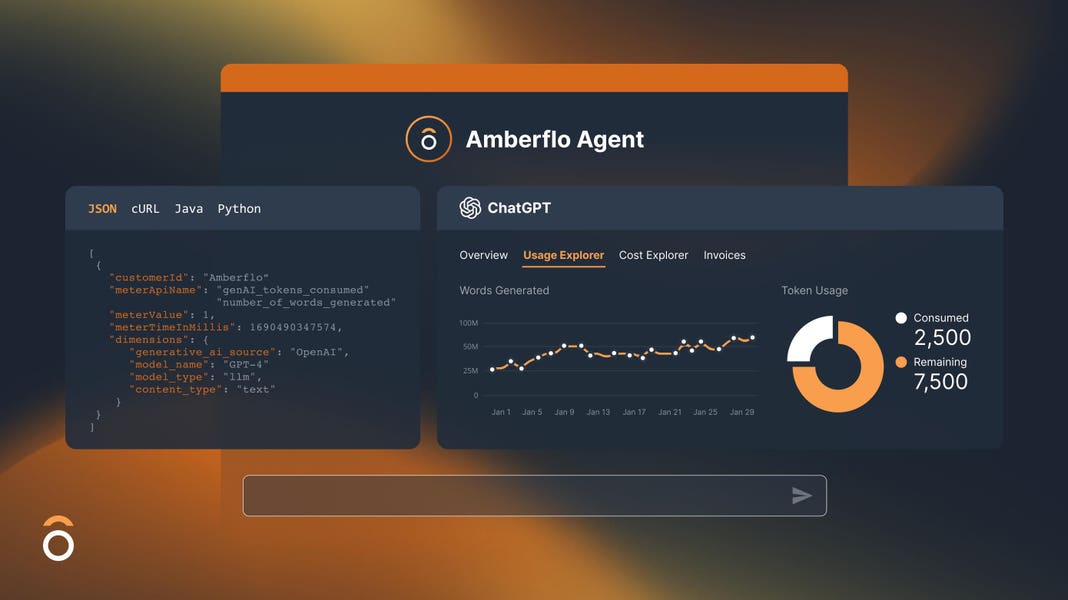Artificial intelligence (AI) is a potent tool reshaping business operations and competition in today’s dynamic landscape. Gone are the days when AI was merely a buzzword or a lofty concept. IBM reports that approximately 35% of businesses are currently leveraging AI in various capacities. Notably, the prevalent use of AI now revolves around relationalAI. Tech companies are integrating tools like ChatGPT into their platforms to deliver added value to their clientele.
Nevertheless, a critical question arises: How can these businesses effectively monetize these new software solutions? Puneet Gupta, the CEO and founder of Amberflo’s AI Monetization system, points out that “many businesses are joining the AI bandwagon without a clear strategy in place.”
In essence, while many businesses are rushing to adopt AI to stay competitive, a significant number lack a robust marketing approach. As they engage with firms like OpenAI for AI services, a majority find themselves incurring losses. Implementing usage-based metering, which tracks both businesses’ AI expenditures and their customers’ consumption patterns to enable precise billing and profitability, emerges as a viable solution to this dilemma.
Exploring the Potential of AI in Advertising
AI’s unparalleled ability to swiftly and accurately process vast amounts of data sets it apart. Businesses are now exploring ways to engage their customers more effectively, leveraging AI to streamline internal processes.
Gupta emphasizes the importance of fairness, transparency, and alignment between service providers and customers to ensure mutual benefit. By democratizing AI monetization, startups and established businesses alike can thrive. The versatility of AI can be harnessed across various advertising avenues, benefiting cloud-based software developers, tech firms, and knowledge-based enterprises.
According to Salesforce, customers typically interact with a company through an average of nine touchpoints. This underscores the significance of customer engagement as a revenue source for businesses of all sizes. AI facilitates personalized recommendations, content delivery, and services, significantly enhancing customer interactions through hyper-personalization.
The Three Pillars of AI Monetization
1. Utilization Tracking
Monitoring every service usage instance is crucial for gaining insights into revenue and costs. This entails tracking both internal expenses related to service provision and revenue generated from customer usage, ensuring accurate billing and cost management.
2. Forecasting and Quoting (CPQ)
Forecasting costs involves predicting usage levels and generating quotes based on anticipated volumes. Businesses can use these quotes as a basis for pricing discussions or offer pricing calculators on their websites for customers’ self-assessment. Continuous tracking of usage enables customers to compare actual usage with projections, facilitating renegotiations if needed.
3. Real-Time Invoicing
A contemporary billing system that accurately bills customers based on their AI service usage completes the monetization framework. This system incorporates flexible pricing plans, such as usage-based, seat-based, or fixed-rate components. By integrating metering services to track usage and apply real-time pricing logic, the billing process ensures transparency and fairness for both customers and service providers.
AI: A Revolutionary Technology, Not a Fad
Unlike past AI setbacks or “AI winters,” conceptual AI is poised to become a staple in the next generation of solutions. Organizations effectively harnessing AI to enhance legacy systems stand to disrupt industries. While early adopters may see initial gains, long-term success hinges on defining and executing comprehensive development and monetization strategies. Embracing GenAI in software programs demands strategic planning for sustained success in the evolving AI landscape.






